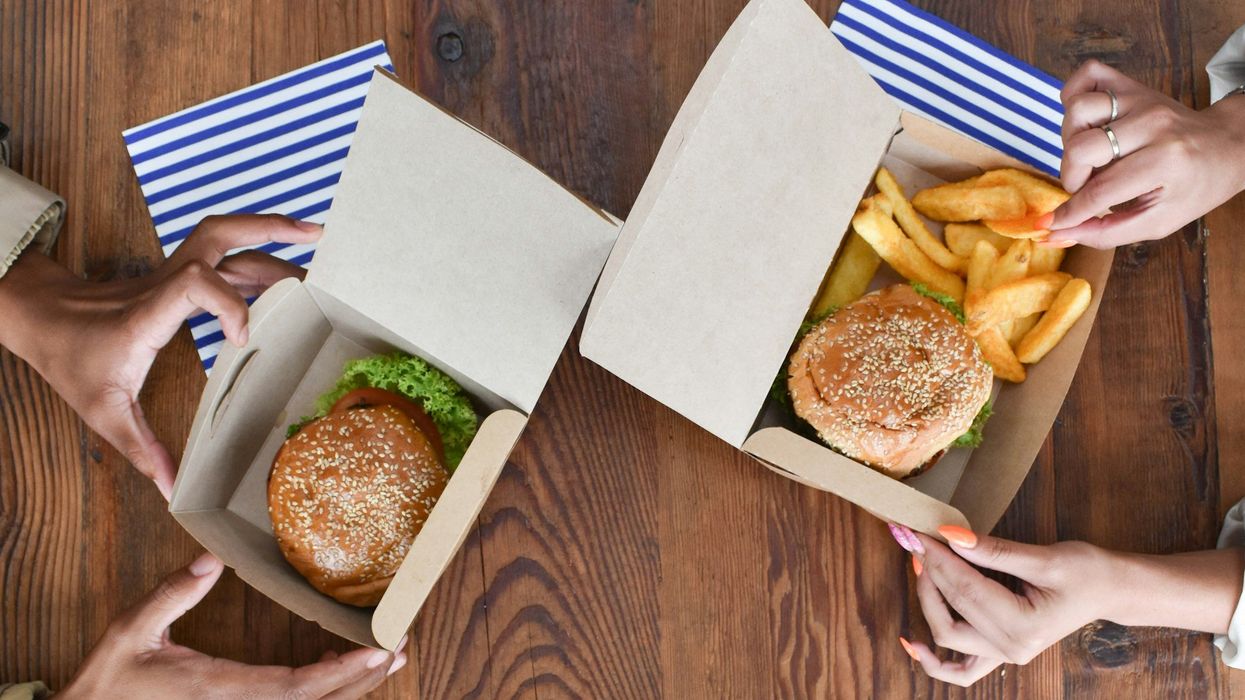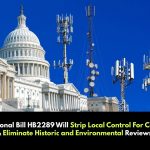
An estimated 189 compounds linked to breast cancer are found in food packaging and tableware, according to a new study.
The study, published today in the Frontiers in Toxicology journal, comes as the U.S. Food and Drug Administration — which is responsible for regulating potentially harmful substances in food and packaging — is reassessing how they manage chemicals in food additives and packaging, something that health researchers have long called for.
In the new study, researchers compared the Food Packaging Forum’s database on potentially harmful chemicals that can migrate out of food packaging and tableware to a recently published list of chemicals linked to breast cancer — including PFAS, bisphenols such as BPA and phthalates — developed by the Silent Spring Institute.
They found 189 potential mammary carcinogens in food contact materials, with 143 of these found in plastics and 89 found in paper or cardboard.
“This study is important, because it shows that there is a huge opportunity for prevention of human exposure to breast cancer-causing chemicals,” said Jane Muncke, managing director of the Food Packaging Forum and co-author of the study, in a statement. “The potential for cancer prevention by reducing hazardous chemicals in your daily life is underexplored and deserves much more attention.”
Muncke and colleagues pointed out that breast cancer is the most frequently diagnosed cancer for women around the world. While the study was not set up to prove whether there is any relationship between cancer rates and food packaging and tableware, it does open the door for research exploring possible links and prevention strategies.
The study underscores a situation “that likely should have been mitigated by existing regulations,” said Lindsey Parkinson, data scientist and scientific editor at the Food Packaging Forum and co-author of the study, in a statement.
FDA to revisit food chemical contact regulations
The study comes after the FDA’s recent announcement that the agency will establish a new process to evaluate chemicals in food, including food and color additives, substances like flavorings, spices and phosphates, substances used in contact with food, and chemicals unintentionally present like environmental contaminants.
For decades, the FDA has allowed thousands of artificial chemicals to be part of the American diet either as ingredients like emulsifiers, flavors and sweeteners added to food or chemicals that leach out from packaging and processing equipment like bisphenol-A (BPA), phthalates and PFAS. Many of these were authorized decades ago and their safety hasn’t been reviewed. Last month, we uncovered how approvals for recycling plastic food packaging rely on industry data and has tripled over the past five years, despite research finding recycled plastic can be more toxic than virgin plastic.
This week, the agency will hold a public meeting on the issue. You can register for the public meeting here. You can also submit comments (any time before December 6).





